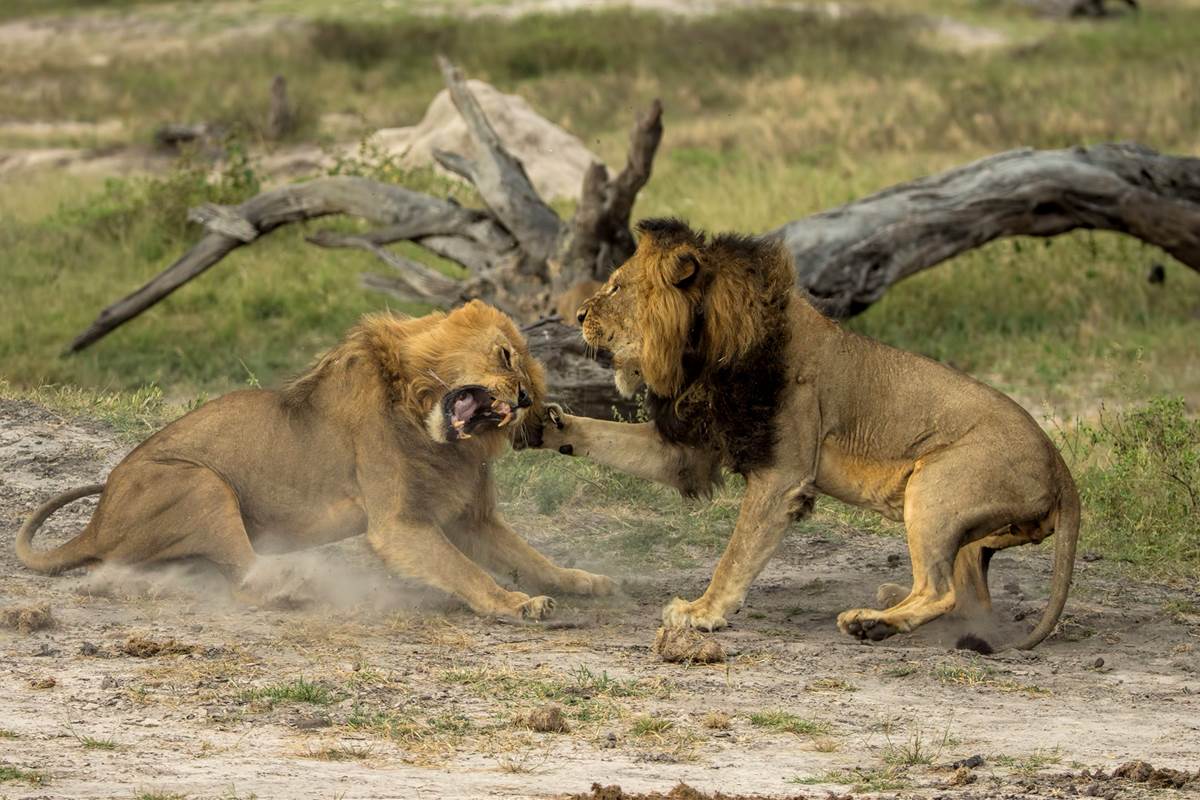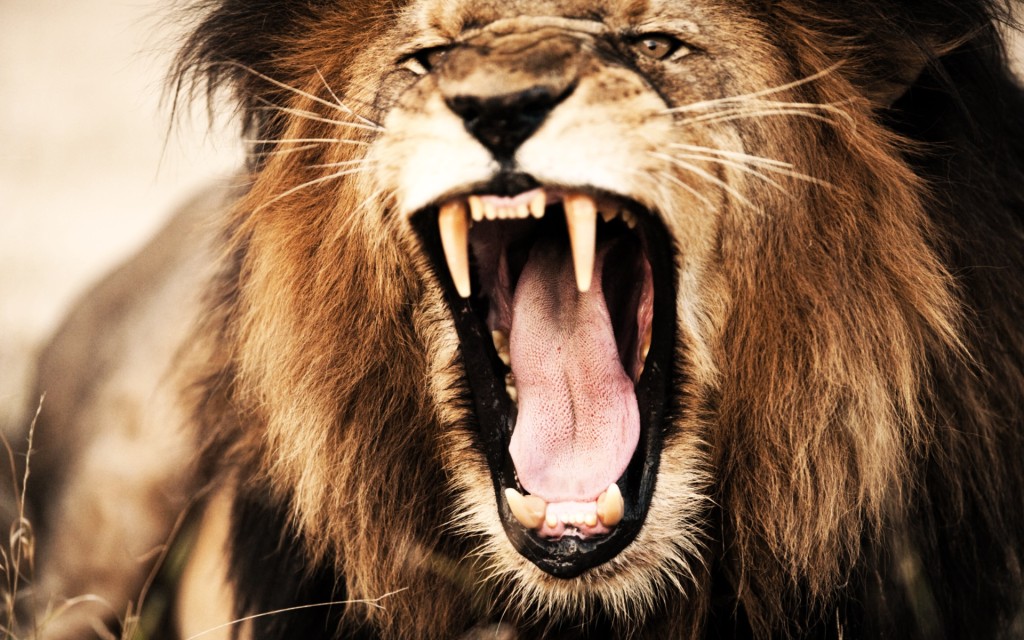National Animal Of Ethiopia: Discovering The Majestic Symbol Of A Rich Heritage
When you think about Ethiopia, you're not just thinking about one of Africa's most fascinating countries, but also a land with deep cultural roots and incredible wildlife. The national animal of Ethiopia stands as a powerful symbol of the country's identity, history, and connection to nature. It's not just an animal; it's a representation of pride, resilience, and the spirit of the Ethiopian people. In this article, we're diving deep into what makes this national animal so special and why it holds such significance in the hearts of Ethiopians.
Now, you might be wondering why a national animal is such a big deal. Well, it’s not just any animal—it’s a reflection of a nation’s values, traditions, and even its ecological richness. For Ethiopia, their national animal is more than just a mascot; it’s a living testament to the country’s commitment to preserving its unique biodiversity. Stick around, because we're about to take you on a wild ride through the world of Ethiopian wildlife.
Let's get one thing straight: understanding the national animal of Ethiopia is more than just learning about a species. It’s about appreciating the intricate relationship between humans and nature, especially in a country where wildlife and culture are so intertwined. So, whether you're a wildlife enthusiast, a history buff, or just someone curious about Ethiopia, this article has got you covered.
Read also:Tatiana K The Rising Star Shining Bright In The Spotlight
Why Does Ethiopia Have a National Animal?
Ever wondered why countries even bother with national animals? It’s not just for fun, ya know. National animals often symbolize the core values and characteristics of a nation. For Ethiopia, their national animal plays a crucial role in uniting the country under a shared identity. It’s like having a national anthem, but in animal form. Cool, right?
Having a national animal also helps raise awareness about wildlife conservation. In a world where many species are under threat, Ethiopia uses its national animal to highlight the importance of protecting its natural heritage. This isn’t just about preserving an animal; it’s about safeguarding the environment that supports all life in the country.
What Makes a National Animal Special?
A national animal isn’t chosen lightly. It’s picked because it embodies the spirit of the nation. For Ethiopia, their national animal reflects qualities like strength, endurance, and adaptability—traits that are deeply ingrained in the Ethiopian people. Plus, it’s a way to celebrate the country’s incredible biodiversity, which is something Ethiopians are incredibly proud of.
And let’s not forget the cultural significance. National animals often appear in traditional art, music, and stories, making them a vital part of a nation’s cultural tapestry. For Ethiopia, their national animal is more than just a symbol—it’s a thread that weaves through the fabric of their society.
Introducing Ethiopia's National Animal
So, what is the national animal of Ethiopia, you ask? Drumroll, please... It’s the Ethiopian wolf! Now, before you picture a regular wolf, let me tell you, this guy is special. The Ethiopian wolf, also known as Canis simensis, is a rare and beautiful creature found only in the Ethiopian highlands. It’s not just any wolf—it’s the rarest canid in the world, and it’s endemic to Ethiopia. That means it doesn’t exist anywhere else on the planet. How’s that for uniqueness?
The Ethiopian wolf is a striking animal with its reddish-brown coat and white markings. It’s about the size of a medium-sized dog, but don’t let its size fool you. This wolf is a fierce predator, known for its incredible hunting skills. And get this—it mainly feeds on rodents, which makes it a vital part of the ecosystem. Without it, the balance of the highland ecosystem could be thrown off.
Read also:Emily Sentner Leaks The Full Story Behind The Controversy
The Ethiopian Wolf's Habitat
Let’s talk about where this magnificent creature calls home. The Ethiopian wolf thrives in the Afroalpine grasslands of Ethiopia, specifically in the Bale Mountains and the Simien Mountains. These areas are characterized by their high altitude, ranging from 3,000 to 4,500 meters above sea level. The climate is cool, and the landscape is dominated by grasslands, shrubs, and rocky outcrops. It’s a harsh environment, but the Ethiopian wolf has adapted perfectly to it.
These wolves live in packs, but unlike other wolves, they hunt alone. They’re social animals, but when it comes to catching food, each wolf goes solo. This unique behavior makes them even more fascinating to study. Plus, their habitat is under constant threat from human activities, which we’ll dive into later in this article.
The Cultural Significance of the Ethiopian Wolf
For Ethiopians, the Ethiopian wolf is more than just an animal. It’s a cultural icon that represents strength, resilience, and the country’s connection to nature. You’ll find images of the wolf in traditional art, literature, and even modern media. It’s a symbol that resonates with people across generations, reminding them of their roots and heritage.
In many Ethiopian stories, the wolf is portrayed as a wise and noble creature, often seen as a protector of the land. This cultural reverence for the wolf highlights the deep respect Ethiopians have for their natural world. It’s not just about the animal itself; it’s about the values it represents and the lessons it teaches.
How the Ethiopian Wolf Inspires People
The Ethiopian wolf inspires people in many ways. Its ability to thrive in a challenging environment serves as a metaphor for the resilience of the Ethiopian people. Just like the wolf, Ethiopians have faced numerous challenges throughout history, yet they continue to persevere. This connection between the wolf and the people creates a powerful bond that strengthens national identity.
And let’s not forget the educational aspect. By learning about the Ethiopian wolf, people gain a deeper understanding of the importance of conservation and the need to protect endangered species. It’s a lesson that extends beyond Ethiopia, reminding us all of our responsibility to care for the planet.
Conservation Efforts for the Ethiopian Wolf
Unfortunately, the Ethiopian wolf is facing some serious threats. Habitat loss, disease, and human-wildlife conflict are just a few of the challenges it encounters. But don’t worry—there’s hope. Various conservation organizations and the Ethiopian government are working hard to protect this magnificent animal and its habitat.
One of the key initiatives is the Ethiopian Wolf Conservation Programme (EWCP), which focuses on research, education, and community engagement. They work closely with local communities to reduce human-wildlife conflict and promote sustainable land use practices. This holistic approach is crucial for the long-term survival of the Ethiopian wolf.
What Can You Do to Help?
If you’re passionate about wildlife conservation, there are plenty of ways you can help protect the Ethiopian wolf. You can support organizations like EWCP by donating or volunteering. You can also spread awareness by sharing information about the wolf and its plight with friends and family. Every little bit helps!
And if you ever find yourself in Ethiopia, consider visiting the Bale Mountains or the Simien Mountains to see the wolf in its natural habitat. Tourism can be a powerful tool for conservation, as it generates revenue that can be reinvested into protecting wildlife and their habitats.
Fun Facts About the Ethiopian Wolf
Now, let’s have some fun with some interesting facts about the Ethiopian wolf:
- It’s the rarest canid in the world.
- It primarily feeds on rodents, consuming up to 1,000 per year!
- It lives in packs but hunts alone.
- Its scientific name, Canis simensis, refers to the Simien Mountains where it was first discovered.
- It has a lifespan of about 8-10 years in the wild.
These facts not only make the Ethiopian wolf fascinating but also highlight its unique role in the ecosystem. Who knew a wolf could be so cool?
Why Should You Care About the Ethiopian Wolf?
Here’s the thing: every species plays a vital role in maintaining the balance of the ecosystem. The Ethiopian wolf is no exception. By protecting this animal, we’re not just saving one species—we’re preserving the entire ecosystem it supports. And let’s face it, the world would be a much duller place without these incredible creatures.
Plus, the Ethiopian wolf is a symbol of hope. Its story is a reminder that even in the face of adversity, we can make a difference if we work together. So, whether you’re a wildlife enthusiast or just someone who cares about the planet, the Ethiopian wolf deserves your attention.
Comparing the Ethiopian Wolf to Other National Animals
Let’s take a moment to compare the Ethiopian wolf to other national animals around the world. While each national animal is unique, they all share one thing in common—they represent the values and identity of their respective countries.
For example, the bald eagle is the national bird of the United States, symbolizing freedom and strength. The kangaroo is the national animal of Australia, representing agility and resilience. And the kiwi is the national bird of New Zealand, embodying uniqueness and adaptability.
What Sets the Ethiopian Wolf Apart?
What makes the Ethiopian wolf stand out is its rarity and its role in the ecosystem. Unlike many other national animals, the Ethiopian wolf is found nowhere else on Earth. This makes it a true symbol of Ethiopia’s unique biodiversity. Plus, its behavior and adaptations make it one of the most fascinating animals in the world.
And let’s not forget its cultural significance. The Ethiopian wolf is deeply embedded in the country’s history and traditions, making it more than just an animal—it’s a national treasure.
The Future of the Ethiopian Wolf
Looking ahead, the future of the Ethiopian wolf depends on continued conservation efforts and global support. While the challenges are significant, there’s reason to be optimistic. Advances in technology, increased awareness, and stronger partnerships between governments and conservation organizations are all contributing to a brighter future for this incredible animal.
But the work doesn’t stop here. It’s up to all of us to ensure that the Ethiopian wolf continues to thrive for generations to come. Whether through donations, volunteering, or simply spreading awareness, every action counts. Together, we can make a difference.
How You Can Get Involved
There are plenty of ways to get involved in Ethiopian wolf conservation. You can:
- Donate to organizations like EWCP.
- Volunteer your time and skills to support conservation efforts.
- Spread awareness through social media and community events.
- Visit Ethiopia and support eco-tourism initiatives.
Every little bit helps, and together, we can ensure a bright future for the Ethiopian wolf and its habitat.
Conclusion
So, there you have it—the national animal of Ethiopia, the Ethiopian wolf, in all its glory. From its unique adaptations to its cultural significance, this magnificent creature is a true symbol of Ethiopia’s rich heritage and commitment to conservation. By learning about the Ethiopian wolf, we gain a deeper appreciation for the importance of protecting endangered species and preserving biodiversity.
Now, it’s your turn to take action. Whether you choose to donate, volunteer, or simply spread awareness, every effort counts. Let’s work together to ensure that the Ethiopian wolf continues to roam the highlands of Ethiopia for generations to come. So, what are you waiting for? Get out there and make a difference!
Table of Contents
- Why Does Ethiopia Have a National Animal?
- What Makes a National Animal Special?
- Introducing Ethiopia's National Animal
- The Ethiopian Wolf's Habitat
- The Cultural Significance of the Ethiopian Wolf
- How the Ethiopian Wolf Inspires People
- Conservation Efforts for the Ethiopian Wolf
- What Can You Do to Help?
- Fun Facts About the Ethiopian Wolf
- Why Should You Care About the Ethiopian Wolf?
- Comparing the Ethiopian Wolf to Other National Animals
- What Sets the Ethiopian Wolf Apart?
- The Future of the Ethiopian Wolf
- How You Can Get Involved

![16 Wild Animals in Ethiopia [Wildlife in Ethiopia] Kevmrc](https://www.kevmrc.com/wp-content/uploads/2022/12/lion-is-the-ethiopian-national-animal.jpg)
